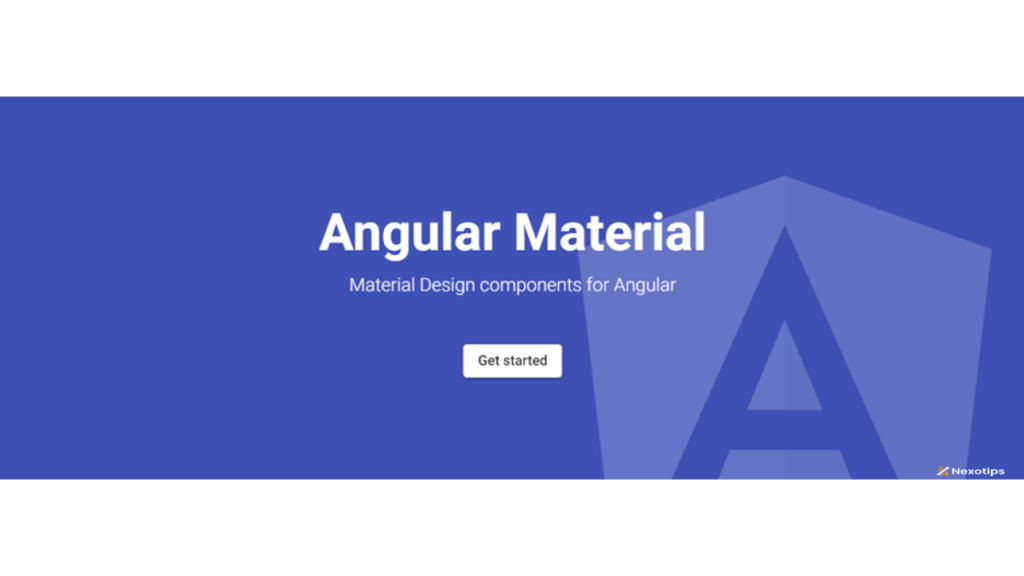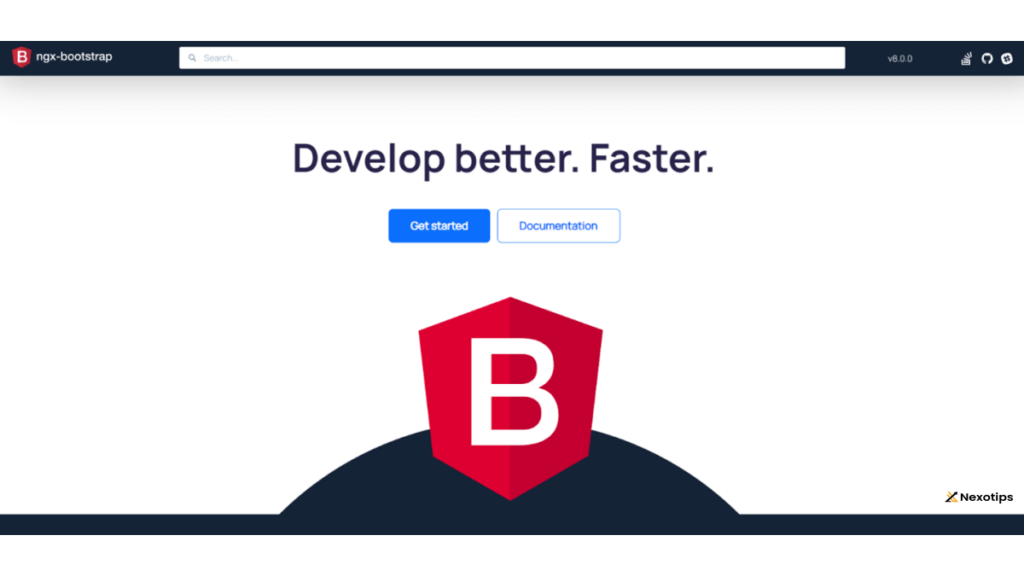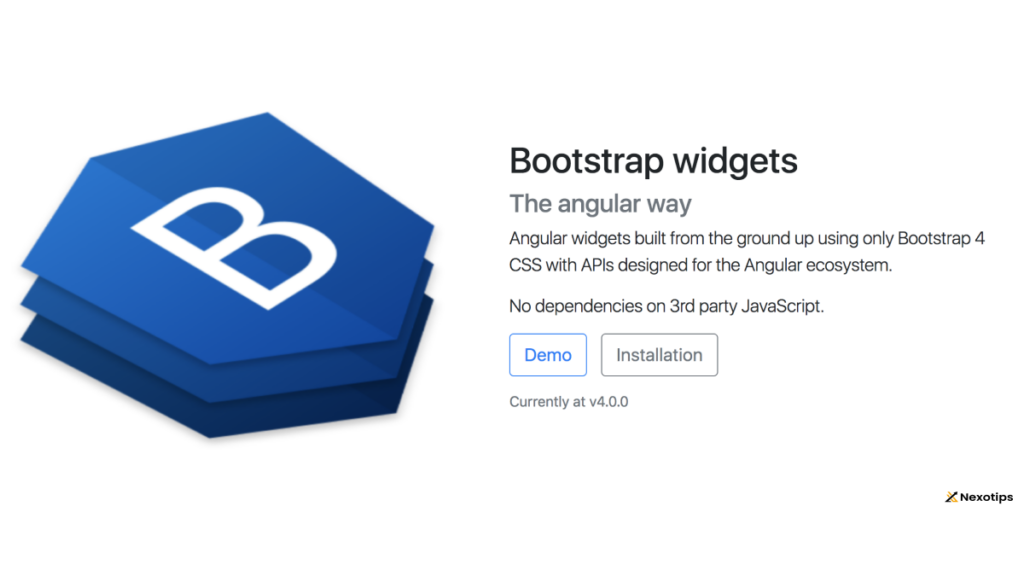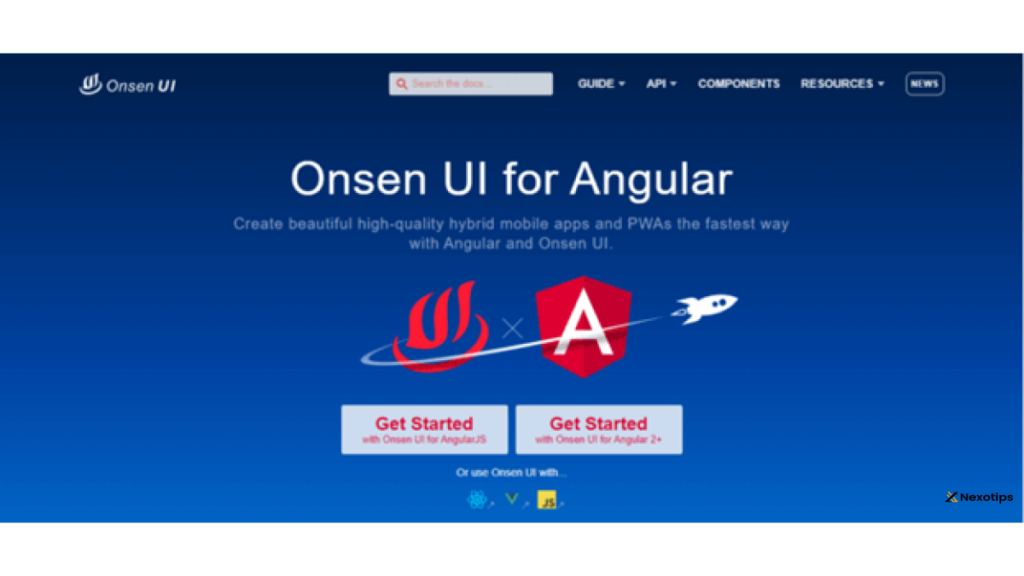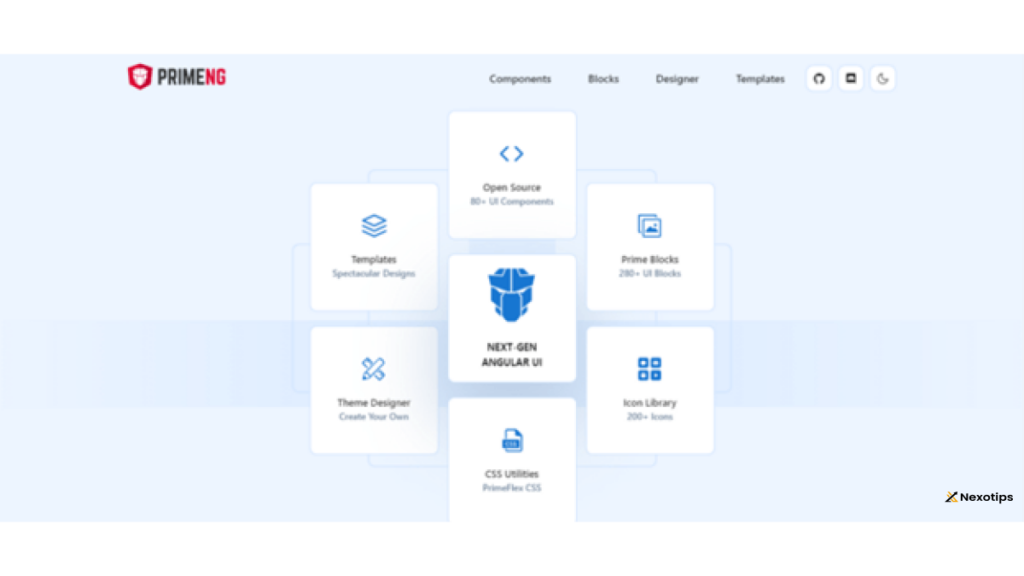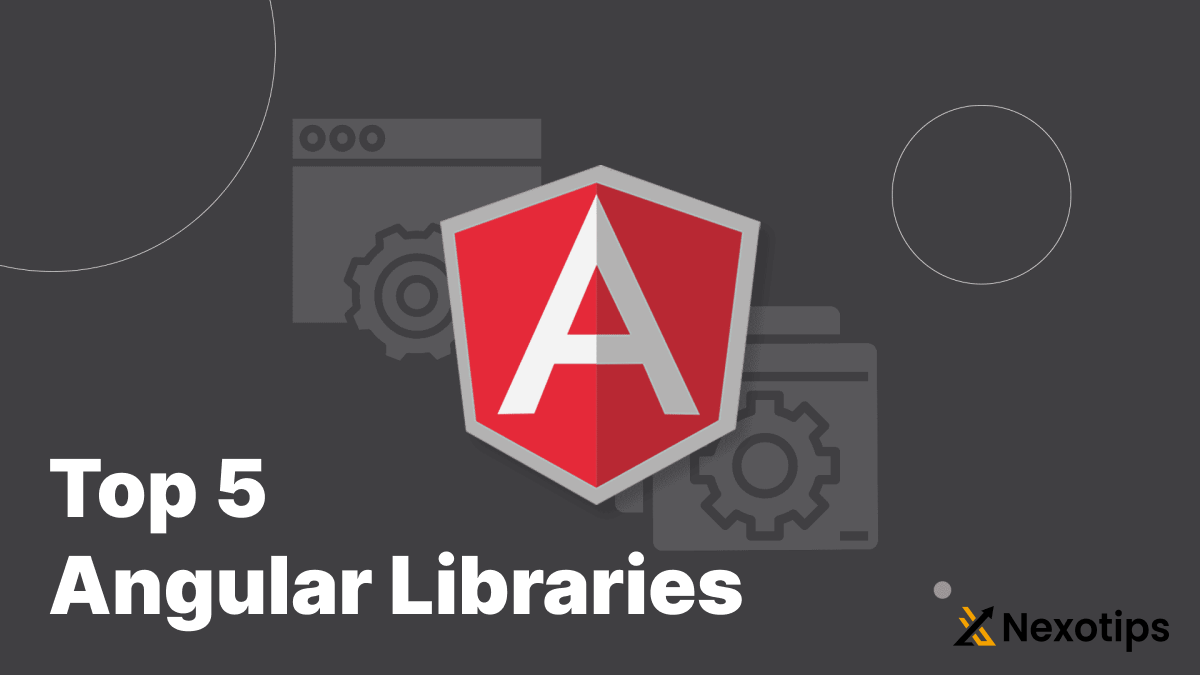
Top 5 Angular Libraries with Best Example
For developers wishing to add more functionality and optimize their development process, Angular Libraries are crucial resources. These Angular Libraries are quite useful for developing reliable and effective apps since they include an extensive array of capabilities, ranging from state management solutions to UI components. Angular Material, one of the best Angular Libraries, offers an extensive collection of UI elements that adhere to Google’s Material Design standards.
NgRx, a reactive state management package that makes handling complicated application states easier, is another well-liked option. Internationalization and translation can be easily implemented with the help of Angular tools like ngx-translate, and data visualization can be achieved with a range of customized charts from ngx-charts.
About Angular Libraries :
Angular is a front-end programming framework that is built on components. Consequently, Angular-specific component libraries are many. It is important that developers are aware of them in order to select the ideal one for our Angular applications.
I’ll go over ten Angular component libraries that every developer should be familiar with in this post, in no particular sequence.
Table of Contents
Angular Material: Google’s official Angular UI component library
The official Angular UI component library from Google is called Angular Material, which was originally called Material2. It is centered on building the application based on Google Material Design and is constructed with TypeScript. The most significant feature of Angular Material is the ability for developers to design unique components.
With over 22,000 GitHub ratings and 1.1 million monthly NPM downloads, Angular Material is quite popular.
Features of Angular Substance
- straightforward APIs that behave consistently across platforms.
- Developers can use the available tools to create their own unique components. Using the Sass API, you may, for instance, design unique topologies, alter the theme’s color scheme, or even produce your own component styles.
- well-made and extensively utilized components created by the Angular team.
- support for the common CSS language.
Installation
Here’s how to install Angular Material with Yarn or NPM.
// with npm
npm i @angular/material
// with yarn
yarn add @angular/material
Usage
You must import the necessary Angular Material into the app.module.ts file upon installation. After that, the component may be utilized in your Angular application.
//App Module
import { MatSliderModule } from '@angular/material/slider';
@NgModule ({
imports: [
MatSliderModule,
]
})
class AppModule {}
// App Component
<mat-slider min="1" max="100" step="1" value="50"></mat-slider>NGX Bootstrap: expands Bootstrap capabilities
One well-known open-source Angular component library is called NGX Bootstrap. It increases the functionality of Bootstrap components and makes it simple for developers to utilize them in Angular applications. NGX Bootstrap components are more flexible, extendable, and modular than native Bootstrap components.
300,000 NPM downloads every week and over 5,000 GitHub stars are attributable to NGX Bootstrap.
The NGX Bootstrap’s features
- Both desktop and mobile devices can run NGX Bootstrap at the same degree of speed.
- Thorough and comprehensible documentation.
- By design, components are modular.
- Every part supports the most recent versions of Angular and has undergone unit testing.
- A collection of rules facilitates better maintainability and readability of code.
Installation
Here’s how to install NGX Bootstrap with Yarn or NPM.
// with npm
npm i ngx-bootstrap
// with yarn
yarn add ngx-bootstrapUsage
You must import the component modules into appModule after installation.
import { TooltipModule } from 'ngx-bootstrap/tooltip';
@NgModule({
...
imports: [TooltipModule.forRoot(),...]
...
})Then, you can use NGX Bootstrap components in Angular components.
<button type="button" class="btn btn-primary"
tooltip="Vivamus sagittis lacus vel augue laoreet rutrum faucibus.">
Click here…
</button>
NG Bootstrap: inspired by Bootstrap
Another well-known Angular UI component framework that was influenced by Bootstrap is called NG Bootstrap. Though it shares a name with NGX Bootstrap, NG Bootstrap is an entirely distinct project. Only Bootstrap 5 CSS and Angular-specific APIs are used in the construction of NG Bootstrap components.
Every week, 400,000 NPM downloads and over 7,900 GitHub stars are attributed to NG Bootstrap.
NG Bootstrap’s features
- a selection of widgets that includes every Bootstrap widget.
- Bootstrap components like as progress bars, modals, and carousels can be used by developers.
- For the purpose of using NG Bootstrap, a basic familiarity of Angular is sufficient.
- The parts are sensitive and light-weight.
- There are no external dependencies on the library.
- Every component has undergone 100% coverage testing.
- large community to provide assistance.
Installation
You can install NG Bootstrap using NPM or Yarn as follows.
// with npm
npm i @ng-bootstrap/ng-bootstrap
// with yarn
yarn add @ng-bootstrap/ng-bootstrap
Usage
You must import the whole NgbModule or the submodule containing the necessary components into the app.module.ts file after installation.
import {NgbModule} from '@ng-bootstrap/ng-bootstrap';
@NgModule({
imports: [NgbModule],
})
export class AppModule {
}
//or
import {NgbAlertModule} from '@ng-bootstrap/ng-bootstrap';
@NgModule({
imports: [NgbAlertModule],
})
export class AppModule {
}Then, simply use the NG Bootstrap component in your application.
// app.components.html
<p>
<ngb-alert [dismissible]="false"><strong>Warning!</strong>
Better check yourself, you're not looking too good.
</ngb-alert>
</p>
Onsen UI for Angular: supports PWAs
A JavaScript component library designed specifically for online and mobile apps is called Onsen UI. With Onsen UI’s development tools and robust CLI, developers can create PWAs and reactive mobile apps with ease.
More than 8,600 GitHub ratings and 30,000 weekly NPM downloads are recorded for Onsen UI.
Onsen UI features
- It is easy to understand and use.
- Onsen UI integrates seamlessly with Monaca, a cross-platform tool for creating hybrid applications.
- Onsen UI allows developers to work with HTML, JavaScript, and CSS.
- It works with Angular 2+ as well as AngularJS.
Installation
You can easily install Onsen UI using NPM as follows.
// with npm
npm install onsenui ngx-onsenui --save
Usage
First, you need to import Onsen to AppModule.
import { OnsenModule } from 'ngx-onsenui';
...
imports: [ BrowserModule, OnsenModule ],Then, import CUSTOM_ELEMENTS_SCHEMA to AppModule.
import { CUSTOM_ELEMENTS_SCHEMA } from '@angular/core';
...
schemas: [ CUSTOM_ELEMENTS_SCHEMA ],Then, include Onsen CSS files in angular.json to use Onsen components in your application.
"styles": [
"node_modules/onsenui/css/onsenui.css",
"node_modules/onsenui/css/onsen-css-components.css",
"src/styles.css"
],
Finally, you can directly use Onsen components in your application.
// app.components.html
<div><ons-button (click)="onClick()">Onsen Button</ons-button>
</div>
PrimeNG: an extensive collection of UI components
Another popular Angular component package is PrimeNG, which has a large library of UI elements. Every one of its widgets is available for free and is covered under the MIT license. Because it was developed by PrimeTek Informatics, a business that specializes in producing excellent open-source UI solutions, this library has a lot of appeal.
With over 7,300 GitHub ratings and 296,000 monthly NPM downloads, Onsen UI is one popular app.
PrimeNG’s Features
- about 80 distinct parts.
- You may develop your own themes with a theme designer.
- PrimeNG offers professionally designed, readily adaptable templates that are accessible to all users.
- More than 200 icons.
- over 280 UI pieces.
- It is updated often. If issues do come up, they can be fixed fast.
Installation
You can install PrimeNG using NPM or Yarn as follows.
// with npm
npm i primeng
// with yarn
yarn add primeng
Usage
After installation, you can use PrimeNG components.
// component.ts
import {ButtonModule} from 'primeng/button';
// component.html
<button pButton type="button" label="Click" ></button>
<p-button label="Click" ></p-button>

